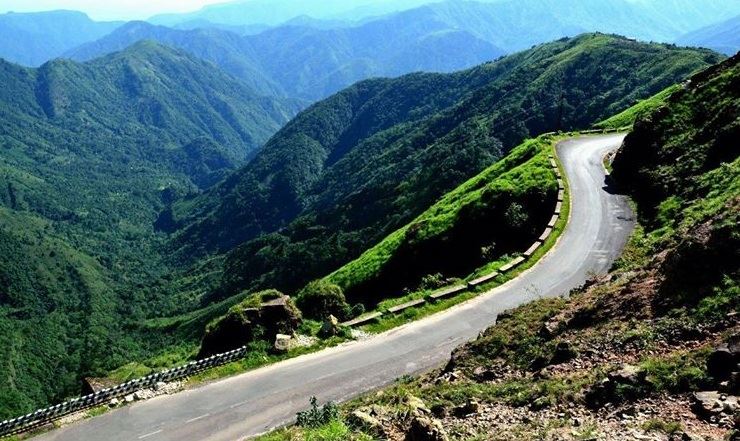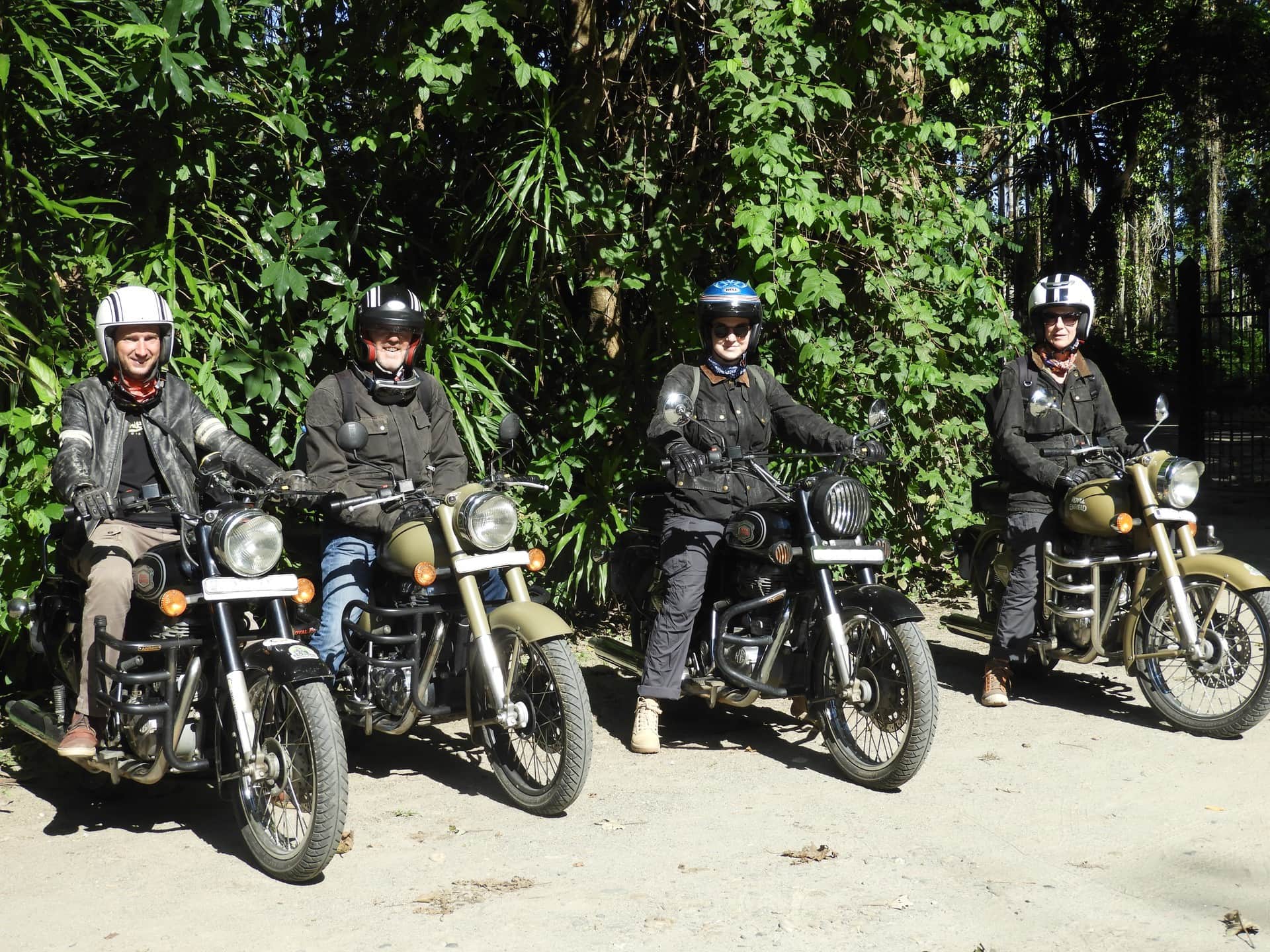7 Sisters Road Trip
- Overview
- Itinerary
- Map
- Pictures
The seven states comprising of Assam, Meghalaya, Arunachal Pradesh, Nagaland, Manipur, Mizoram and Tripura (often called the Seven Sisters) make up the most geographically isolated and least visited part of India. Due to its inaccessibility from the rest of world, it has been fortunate enough to maintain most of its natural diversity and cultural heritage. Sharing international borders with China, Myanmar (Burma), Bhutan and Bangladesh, it has an unusually rich diversity of ethnic groups, languages, religions and landscapes.
You will start you journey in Assam, the gateway to the north-east, a state known for its breath taking scenic beauty, rarest flora and fauna, lofty green hills, vast rolling plain, mighty waterways and a land of fairs and festivals.
You will then proceed to Meghalaya, the “abode of cloud” and interact with the Khasis, a matrilineal society and also discover the living root bridges.
Back in Assam, you will explore the beautiful Kaziranga National Park famous for its one-horned rhino and endless fauna. Your trip will lead you to Majuli, one of the biggest river islands in the world and visit the vaishnavite satras.
Crossing the mighty Brahmaputra, you will head to Arunachal Pradesh, one of the most splendid, variegated and multilingual tribal areas of the world. This land, encompassing wide alpine geographical diversity and corresponding climatic conditions varying from tropical to temperate and Alpine, and a wide variety of wild life flora and fauna with concomitant life form, has now started gaining acclaim as a world biodiversity heritage spot.
Your journey continues to Nagaland, the land of the fierce head-hunters. Life in Nagaland is replete with festivals throughout the year as all the tribes have their own festivals, which they greatly cherish. They regard their festivals sacrosanct and participation in them is compulsory. They celebrate their distinct seasonal festivals with pageantry, colour, music and fanfare. Most of these festivals revolve round agriculture, which is still the mainstay of the Naga society.
You will then head to Manipur, the land of rich valleys surrounded by beautiful hills and lakes, a land of gentle people full of laughter and joy. You will also relax on the banks of the beautiful Loktal Lake.
The beauty of Mizoram lies in its unique harmony between man and nature. The clouds come to rest in the valleys, rainbows abound, small waterfalls gurgle past, greenery is all encompassing handicrafts are in plenty, the shawls are colourful, the markets exude cheer. Wherever one turns, a separate type of beauty unfolds and cheerful and innocent laughter is all pervasive.
Finally, you will proceed to Tripura, the ancient home of the Bodos and witness Unakoti unique sculptures.
This road trip will give you a complete understanding of the Northeast but is only meant for people with a taste for raw adventure. It is impossible to describe the nuances that make this area unique, challenging and interesting. Get to any one place and the result will be that you will return for more.
No details found.









